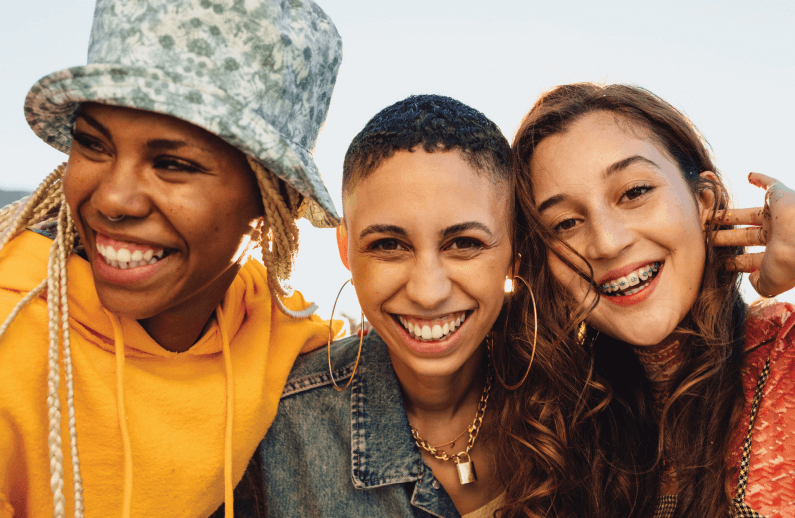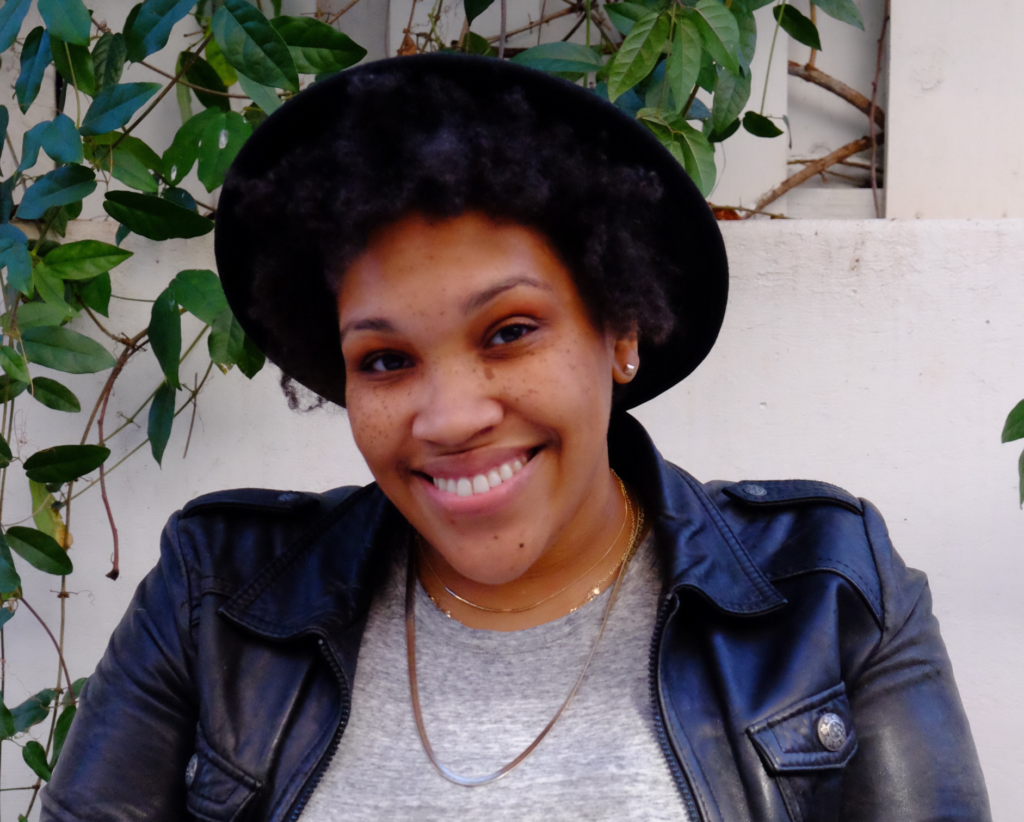
Search Engagement leader and SeeHer member EDO is working with SeeHer in Sports to explore the value of women’s sports, develop a comprehensive comparison to men’s sports, and analyze how well high-scoring GEMR ads perform in women’s and men’s sports programming.
For Super Bowl LVI, EDO analyzed how well the celebrities in the Big Game’s ads and performances boosted their own Search Engagement. In this week’s blog, we talk to EDO Head of Client Solutions Laura Grover, a veteran market researcher who also served as a top research executive at Nielsen and Initiative, among others, about the findings—and their implications for marketers.
On Sunday the Los Angeles Rams prevailed over the Cincinnati Bengals in a thrilling, down-to-the-wire football finish, but the competition in Search Engagement driven by the game was no contest—female celebrities beat their male counterparts soundly. This was not only true for the ads but also the performances in and around the NFL’s annual spectacle.
A big winner was Dolly Parton, who starred in a spot for T-Mobile that also featured her goddaughter, Miley Cyrus. Dolly generated 25 times more searches than the median in-game Super Bowl celebrity ad appearance. Close behind was Scarlett Johansson, who starred with husband Colin Jost in an Amazon Alexa ad. The newlyweds did well together but while Colin did 4 times better than the rest of the field in online inquiries, Scarlett drew 24.5 times more search activity.
Country music phenom Mickey Guyton’s rendition of the National Anthem drove over 2 million online searches, 28 times more than the median celebrity ad performance. And in the halftime show, Mary J. Blige drove more than any of the 6 artists in the program.
Ads featuring both male and female celebrities, such as Nissan and Toyota, also drove strong online search in the Super Bowl. Our hypothesis is that these ads brought celebrities of both genders together in a way that felt very organic and were less overtly about equality and inclusion.
We will know more when we line up EDO Search Engagement scores with GEMR scores for the Super Bowl ads. With that data, we can determine if the portrayals of women and girls, including but not limited to the famous ones, represent women in a strong way. SeeHer members ads will be part of the mix, of course, and we will break out how people responded to the creative while watching TV in their home environment. We know that share of search is a leading indicator of share of market, so linking the two together proves that gender equity in advertising improves overall ad effectiveness.
I have worked in media research for 20 years and these results are very exciting. Although we’ve moved the needle in recent years, women in every field continue to be undervalued. But with data like the Super Bowl findings and other efforts from our work with SeeHer, we are helping to prove once and for all that women get the job done.


